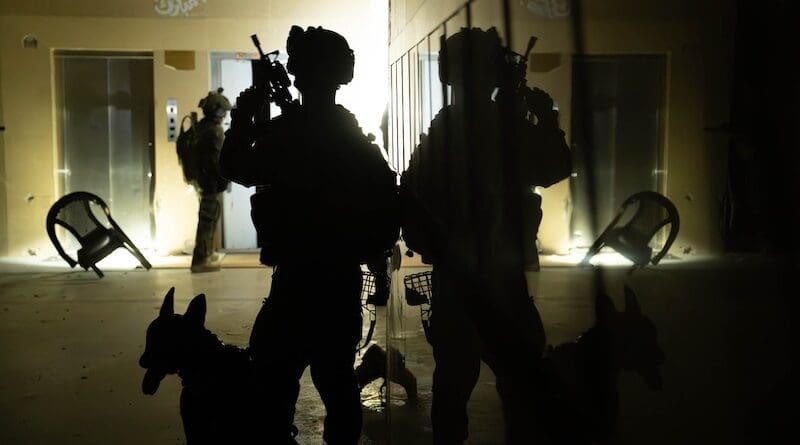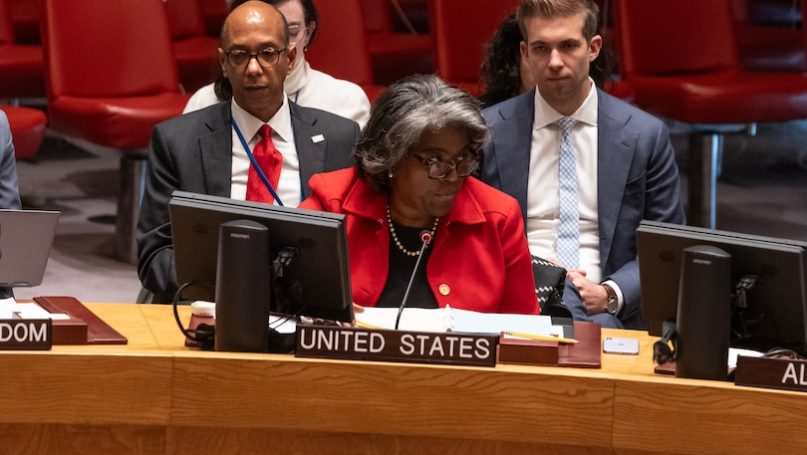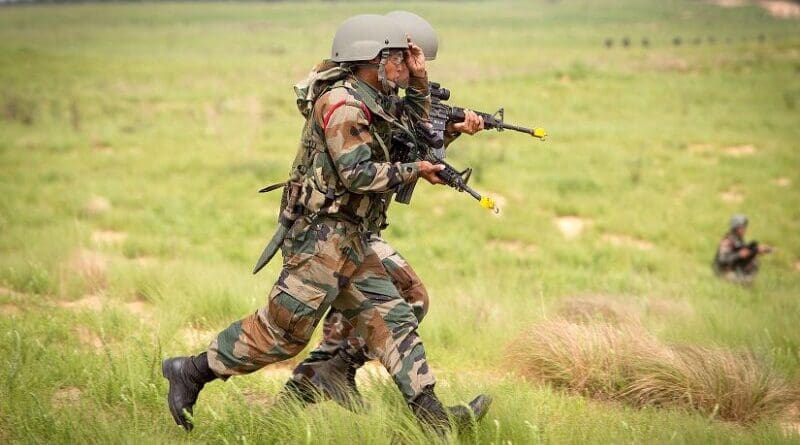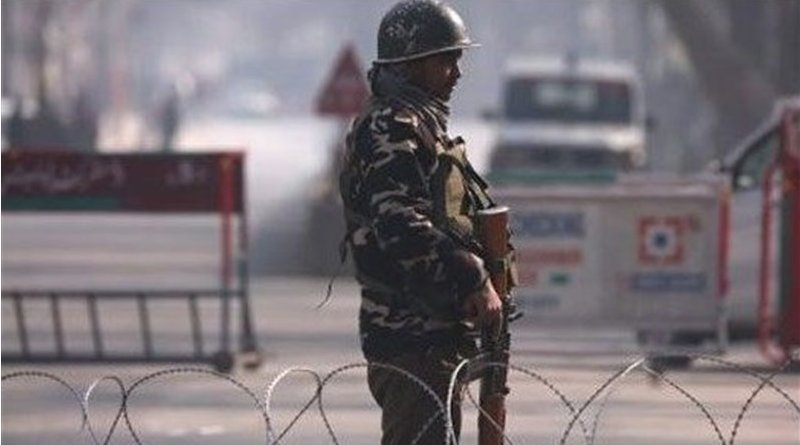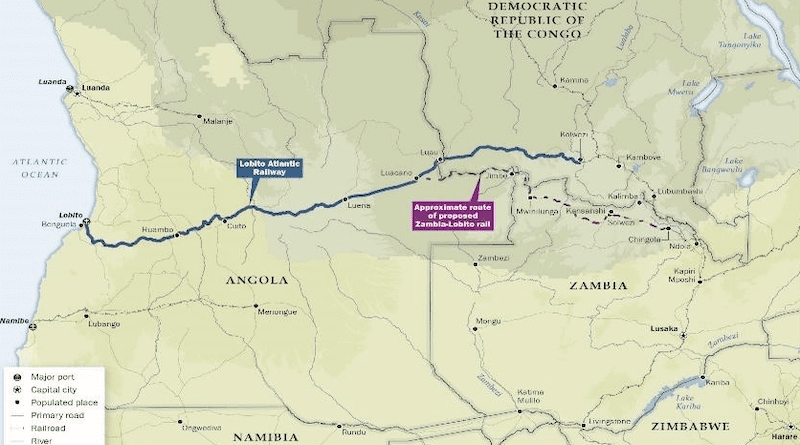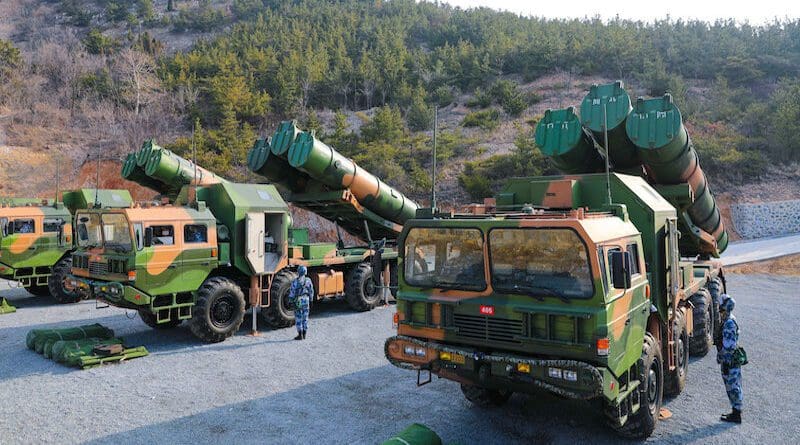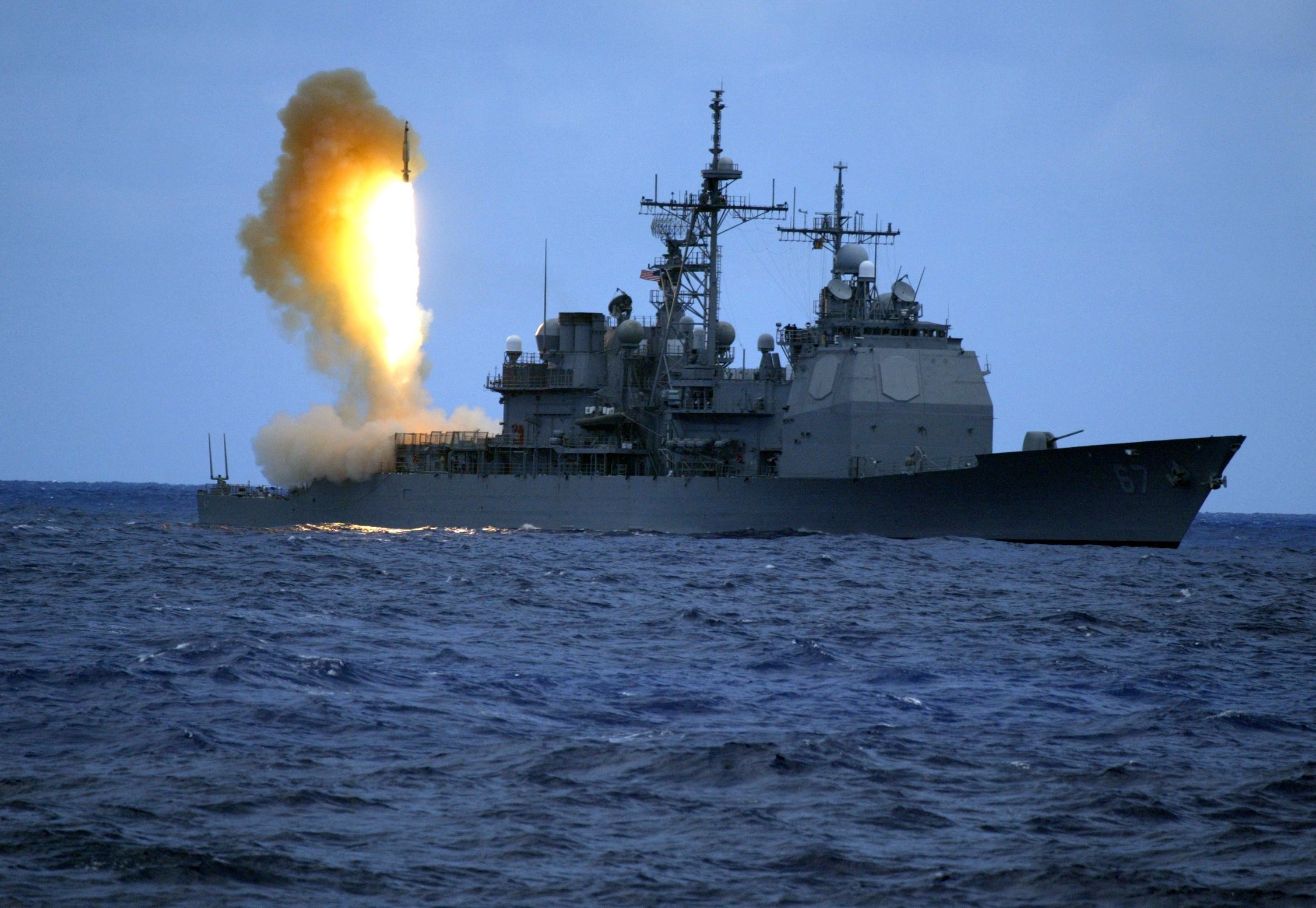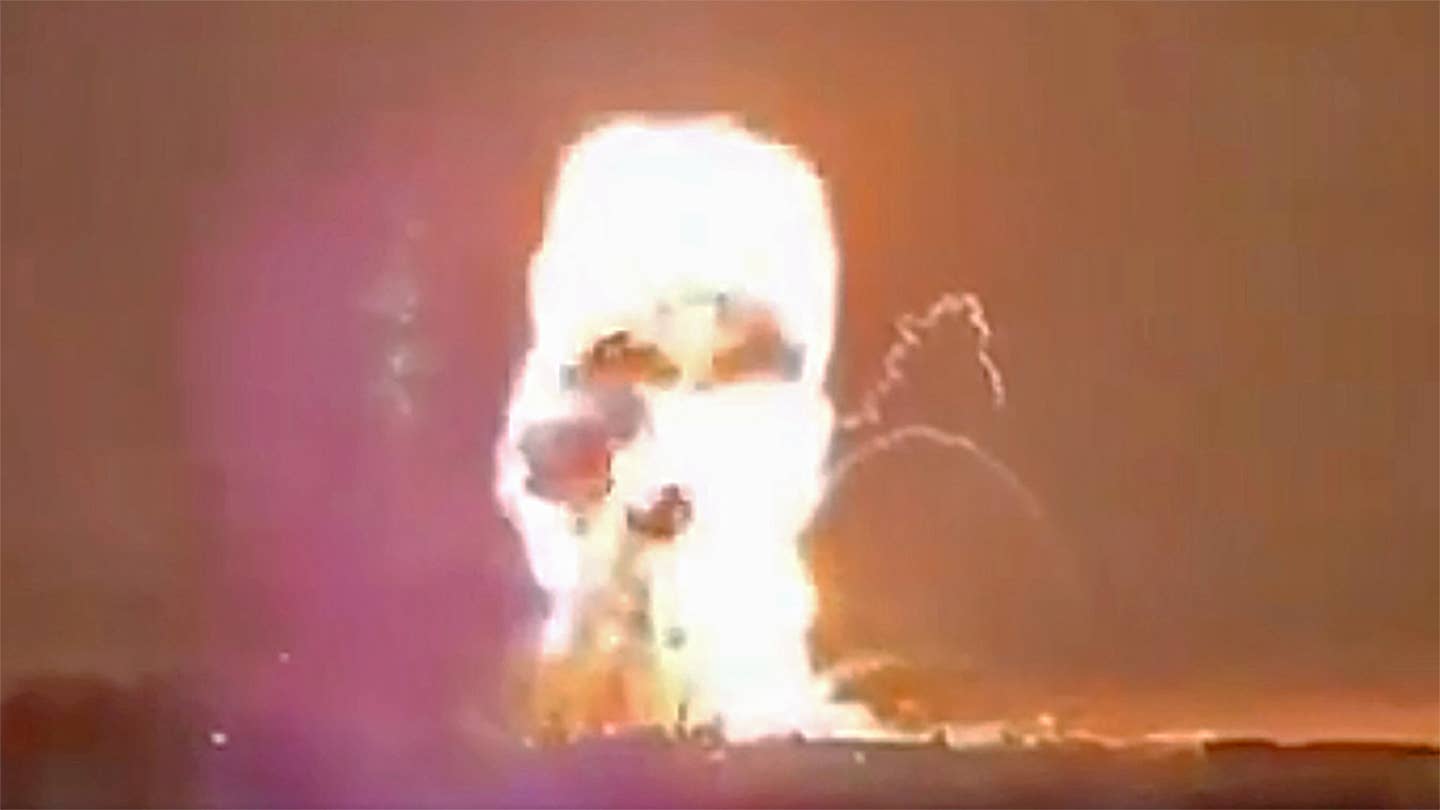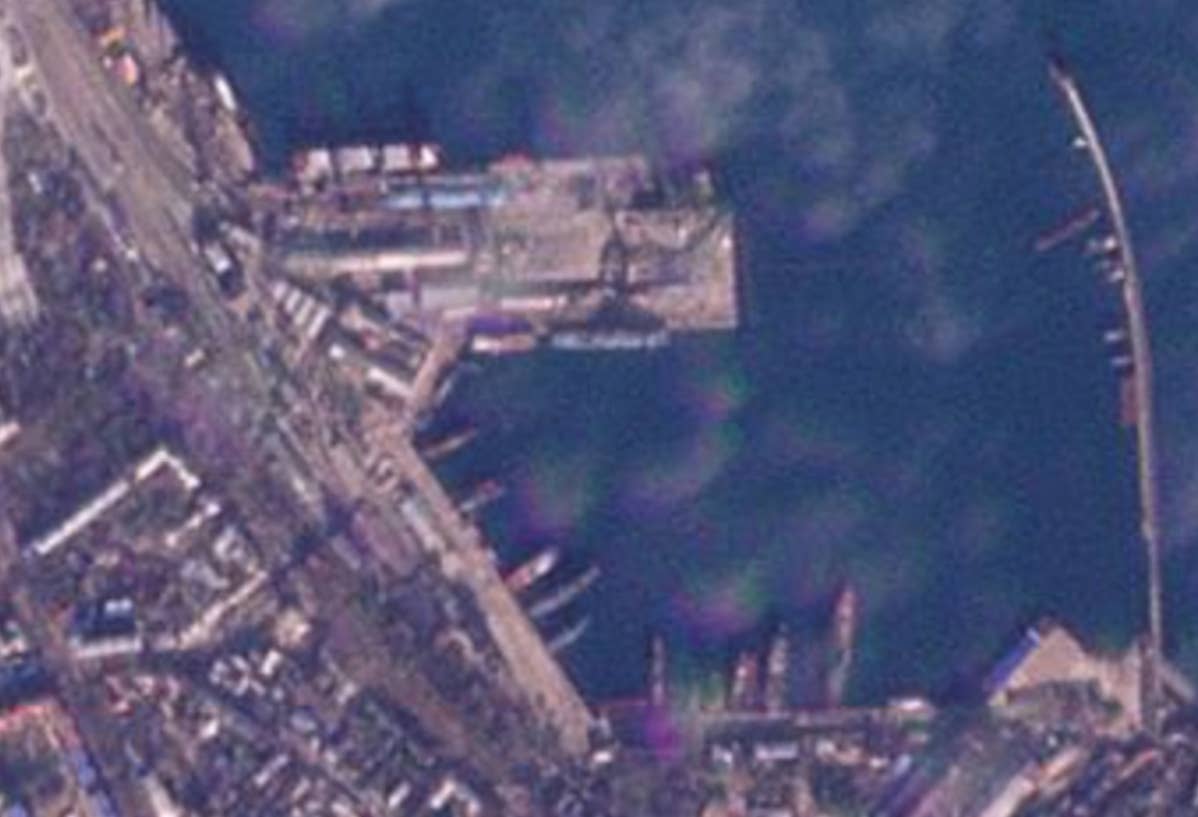EDWARD LUTTWAK
During their protected wars in Vietnam, Iraq and Afghanistan, America’s leaders and generals could never define victory. Hamas, by contrast, has a clear understanding of what it looks like. Now that the terror group has demonstrated the failure of Israel’s deterrence, it insists it will not any more short ceasefires in exchange for hostages, but only a complete end to Israel’s offensive, which would of course leave it in full control of Gaza.
What would this entail? Most immediately, this would also hand Hamas the millions of dollars in aid that will arrive from Western nations, as well as the billions coming from Qatar, Kuwait and other oil-rich countries. And while these funds are intended for welfare distributions and for civilian reconstruction, Hamas will of course use them to rebuild its underground tunnel networks, and to fund its military training, propaganda and political units in and out of Gaza.
The reason it would get away with this is straightforward: Hamas has never pretended to be fighting for the well-being of Gaza’s population, or for Palestine as a national cause. It serves global Islam —the Umma — that rejects all nationalisms and demands supremacy over all other religions. In other words, it accepts no responsibility for the dead and wounded of the war, or for Gaza’s reconstruction.
Hence, if there is a permanent ceasefire, Hamas can start to prepare its next surprise attack, hoping for another October 7 of indiscriminate killings and rapes. If anyone in Gaza objects, Hamas will also act as it did in the past, shoving sacks over their heads and shooting them in front of crowds.
And yet, steadfastly ignoring this inevitability, retired generals and even, in an unguarded moment, Secretary of Defense, Lloyd Austin, have urged the Israelis to reduce their bombing or even their attacks altogether, in order to win over Gaza’s population. Yet this is to forget that such a formula failed in Vietnam, Iraq and Afghanistan: populations dominated by brutal extremists cannot be “won over”.

